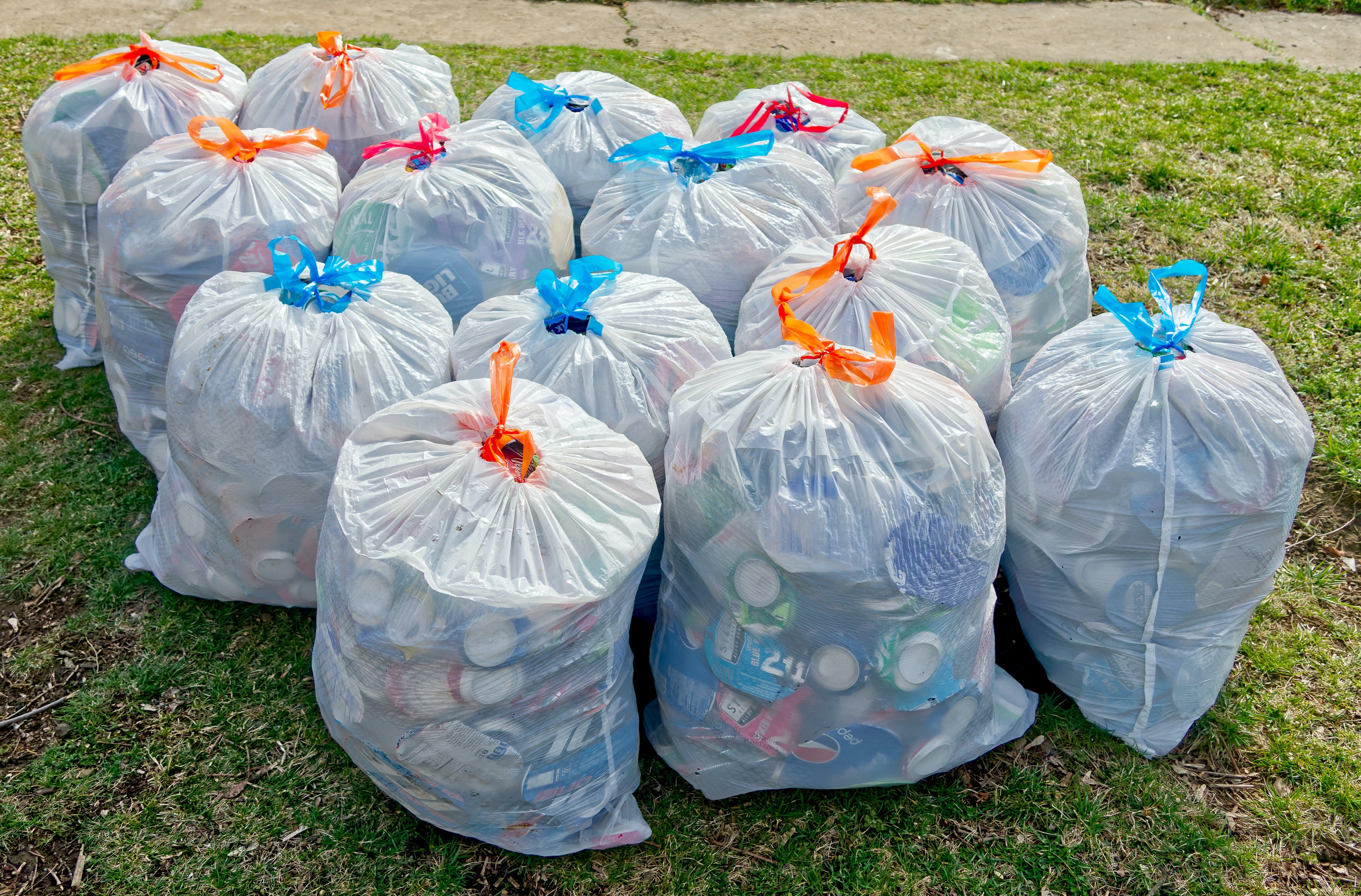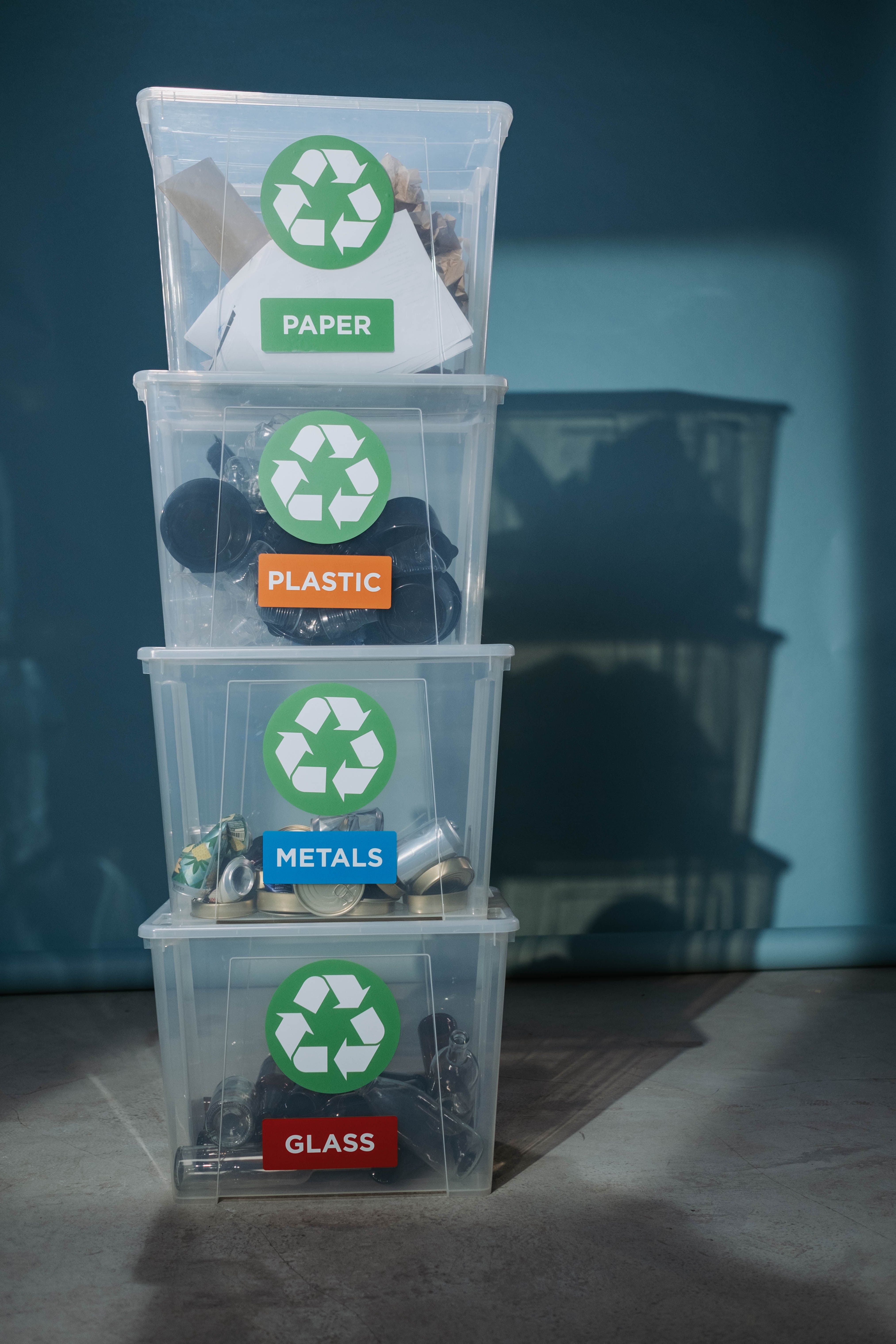Biodegradability: No magic wand, says Dr Vijay Habbu
WhatPackaging? in a conversation with Dr Vijay Habbu, an eminent person in the field of plastics and sustainability, backs plastics as a wonder invention, and demystifies several myths around it
12 Feb 2024 | By Abhay Avadhani
The packaging sector in India encompasses various materials such as glass, paper, wood, plastics and more. Not just for food and pharma products, but packaging is needed for electronic goods, agricultural products, consumer goods, household items like agarbattis, and many more. Although concerns of littering exist on all materials of packaging, currently plastics are the main topic of discussion.
Trivia: Today, India loses 40% of its agricultural produce to wastage. This is due to poor shelf life of unpackaged goods.
From the perspective of littering, right now is not business as usual, for the packaging industry. Metal cans are an exception because of their structure - they are rigid packaging and are easy to collect, hence fetch good value. Paperboard packaging is collected too, depending on its weight.
Because of the casual habits of consumers, most of the packaging material ends up as litter. Unlike newspapers, where Indians are habituated to collecting and selling it at the end of the month, regularly, the same doesn’t happen with plastic packaging material. Therefore, pressure has been put on the packaging industry and brand owners about how to minimise the packaging or make it either collectible or recyclable. This forces the industry to rethink and results in responsible business.
Understanding the plastic ecosystem
Packaging industry is a huge industry - it is not a monolithic unit and it comprises the entire value chain. For plastics, you have the polymer producers, who are the manufacturers of the base material, the polymer resin. The resins are sold to converters who convert them into intermediate plastic packaging, for example, films or preforms. In the last stage, producers transform the intermediate goods into the final packaging - pouch or the bottle or any other end packaging format.
Plastics manufactured as per conventional methods, will not be biodegradable. The point is, plastics were not invented to be biodegradable, they were designed to be durable. But, as a remedy to the littering habits of consumers, people look for materials which will biodegrade on their own in the environment. But, I feel this thought will aggravate the problems and in fact not solve the problems. Firstly, there is no petrochemical-based plastic that is biodegradable. So, you will have to induce biodegradability by adding additives to the plastics. Under certain conditions, these additives will trigger the biodegradation. Biodegradability will not start unless the material is subjected to a certain environment as maintained in proper landfills, but not in dumpyards.
The landfill conundrum
India does not have landfills which are scientifically managed facilities. At best we have dumpyards. In landfills, the waste is segregated, and stored in the required conditions where humidity and temperatures are maintained. Under such circumstances, the additives will trigger the biodegradability. Even under these desired conditions, biodegradability is a process that takes a long time, more than 180 days. Even in the best additives, 100% biodegradation is needed in even longer times.
In contrast, in a dump yard, layers of garbage will keep on piling up on a daily basis. Biodegradability under the best of conditions will reach 90% biodegradation in 180 days for the bottom layers, but the layers that get dumped on subsequent days will need that many more days to biodegrade. Thus, there will be no reduction in the visible litter at the same time, there is generation of GHGs due to the dumping.
There is an intuitive fear that biodegradable additives increase the possibility of the formation of microplastics in the litter, although specific studies need to be done to establish this fear. Moreover, if these plastics are subjected to recycling, their degradation will happen in a manner that is quite different to virgin plastic, thereby affecting the quality and quantity of the recycling. Thus, biodegradable plastics will impact the conventional recycling chain.
An additional fact that needs to be taken into account is that there are no QC techniques to test the biodegradability of the plastics, nor a way to determine if their intended dosage has been used. Therefore, enforcement of quality will be difficult and may not yield the desired results.

Fear is that biodegradable additives increase the possibility of the formation of microplastics in the litter
Plastic waste and sustainability targets
We all know the 3Rs of sustainability, namely, reduce, reuse and recycle. Of these, reusing is primarily to be done by the consumers and expecting Reuse from the plastic producers or the brand owners would be unwise as it is extremely difficult to collect the used plastics, do the processing and then reuse it for packing the same thing. This is not just impractical but is fraught with unsafe results for the consumers.
India has a very high (90%) recycling rate of PET bottles due to their inherent chemistry and being rigid plastics. For recycling of other plastics, brands can design their package using principles of “design for recycling”. For example, the plastic pouch used to pack edible oil is made of many layers of plastics. Recycling such plastics, while possible, is not very friendly, because the layers are made of different polymers. So, research has to be done to achieve the same barrier properties that can be achieved using fewer variants of polymers. Another area in the designing is to make the plastic packaging collectible as opposed to the small sized sachets. Such ‘collectible’ plastic packaging would reduce their litter.
The Reliance method
Since many flexible plastic packaging are made of multiple layers, it is almost impossible to do their recycling in conventional mechanical recycling. Such plastics can best be recycled using the chemical recycling process.
As a good corporate example, the largest polymer manufacturer, Reliance, has led the way in the mechanical recycling of PET bottles. These are converted into sustainable polyester fibres and are being done decades before the conversations on Sustainability gathered the present momentum. PET bottles can also be converted back to PET resins for packaging for which extensive efforts have been initiated by the PET industry. These are examples of mechanical recycling for which PET is most amenable. As per news reports, Reliance has also ventured into chemical recycling of PE and PP plastics.
Brand owners are the interface with the consumers and have the major responsibility for the packaging material they choose. At this stage, it is important to state that recycling and incorporation of recycled content are two different things. While the government is emphasising the implementation of both, it is important to set targets that are practical to achieve, given the realities of the availability of recycling capacities.
R&D and design
R&D has a crucial role to play in developing the best out of plastic packaging. For this, brand owners need to have in-house expertise in the domain of polymers so that the right innovations happen in-house or through external collaborations for the development of sustainable plastic packaging. Polymer science experts understand the materials as well the impact on the business and the environment.
Sustainable metrics for packaging
Innovation has to be done in technical models and marketing models as well. The collection mechanisms will have to be improved, but the primary packaging should also be designed in such a way that it facilitates easy collection.
The small shampoo sachets of 10-ml are not remunerative to collect. I propose an idea; can one design the packet in a bigger size, and fill the same amount of product inside, in order to make it collectible while remaining affordable? This is where innovation plays a crucial role. But this entails innovations in the polymeric material, packaging format, marketing and sourcing.

As a remedy to the littering habits of consumers, people look for materials which will biodegrade on their own in the environment
Brands and recycling
Brands can promote recycling by making packaging which is less complex. By going from multi-materials to multi-plastic, then from multi-polymer to single polymer, this should be the journey for the packaging material. And, size of the packaging should always be kept in mind so that it facilitates collection post-use. Brands should also examine their SKUs to ensure that they cause minimum litter.
Brands can also focus their attention for collection in areas where they have intense sales and setup live counters for recycling plastic waste in those areas. Innovative ways can be used to set up manual collection of packaging waste. Even at popular tourist places where high footfalls are experienced, brands can set up live waste collection centres.
Brand owners should tie up with plastics associations, or with business partners to promote collection of their packaging. A recent example is where Reliance Retail in collaboration with Coca-Cola has started a campaign called, “Bhul na Jana, Plastic Bottle Uthana”. Towards this, Reliance Retail has installed units in its retail outlets to collect plastic bottles.
Consumer responsibility
People should have informed opinions about what sustainability means. A general awareness about environmental issues should be made known to the entire population, only then people will know that sustainability is much more than litter management.
Plastics are a wonder material. They were invented to give you several advantages in one place which no other material can provide. These advantages include; lightness, durability, emission prevention, cost effectiveness, safety, versatility, anti-microbial behaviour, and more. For reference, construction and demolition debris is more dangerous than plastic waste and so is air pollution. Hence, we need to have the right perspective and priorities in the conversations on pollution, Sustainability, etc. But that is no reason for the Plastic Packaging industry to slow its march in Innovation towards a circular economy.
Recyclability: A brand initiative
As an EPR obligation, the Government of India has placed a target on Brand Owners and producers of 50% recycling in 2024-25 and of including 30% recycled content in 2025-26. But some companies have already demonstrated the use of 100% recycled PET bottles.
Innovation has to be done also in terms of the inputs we tend to have in our industry. For example, sociologists, psychologists and anthropologists who have a better understanding of social behaviour, should be involved in the discussions. These insights must be looped into the design of the products.
Technical outlook
All polymers are recyclable, but not all plastics, because in the final plastic product, different polymers could have been brought together making the composite non-recyclable.


